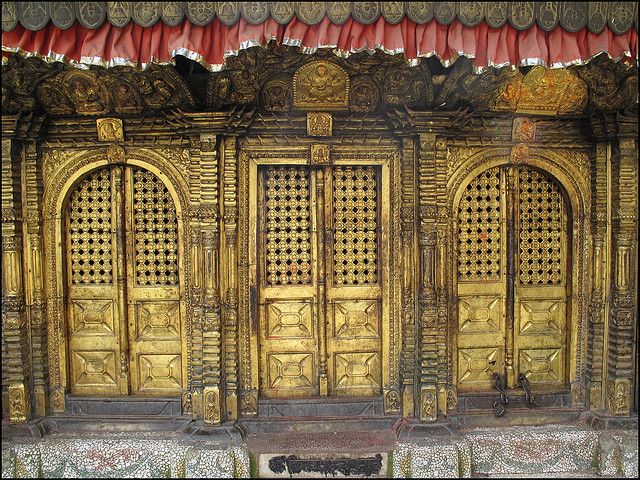
Brass Door to Brass Handles
Whenever I look at the history and our past architectures of the buildings specially temples it sheds some light for us to be beware and enlighten us with magnificent notes. One study was done here in Nepal by National Collage of Kathmandu about the brass doors and door handles and they came up with the following conclusion
The metal ions denature protein of the target cells by binding to reactive groups resulting in their precipitation and inactivation. The high affinity of cellular proteins for the metallic ions results in the death of the cells due to cumulative effects of the ion within the cells.
Simplified Version:
When we have a choice of many parts on what to use at the door knobs , it can be copper, steel or even iron. Plastics were not the luxury in the past so let’s eliminate it from the list. During our daily rituals we do not count how many times we touch the door knobs. We use it to open or close the door, but we do not realize how many things we touch before touching the door knobs. Be it from the bathroom abroad, or the touch of your friends who has just came finishing the football game.

These door knobs can be a major source in transmitting many bacterias and diseases. Copper and its alloys, particularly brass, have been found to be self-disinfecting., when those doorknobs are made of brass or copper, a chemical reaction helps to reduce this germ build-up.It all boils down to what scientists call the “oligodynamic effect,” the term for when metal ions in brass have a toxic effect on living cells and bacteria, even in low concentrations. Brass effectively sterilizes the bacteria from all those hands turning the knobs.
Professor Bill Keevil, head of the microbiology group at Southampton University, talks to Business Insider that, “On stainless steel surfaces these bacteria can survive for weeks, but on copper surfaces, they die within minutes,”. Therefore, without any second thought brass door handles come as a rescue when it comes to stopping the spread of viruses.

Now, when it comes today, it is so fascinating thing how our ancestors and our past people engraved in history have used the brass in most of the places where the majority of people gather up. This is used and mostly, vividly found in temples and past historic places such as palaces. Whether it was in the king’s courtyard or simply used by the people brass doors and doorknobs were and have been customary in our homes.

Whether you call it factual or just another luck of our ancestors , these were some types of door knobs used in all around Nepal. Whatever the reason is there is no doubt that our history is one step ahead of us. They must have a keen sense of pros and cons of every particulars, they could get their hands on. Just a reminder that when the west was serving their plates in china porcelain, ours were serving food in plates ,cups and glasses made from brass or copper. Is it only the thought or was it a keen judgement of the fact about the products they been using.







